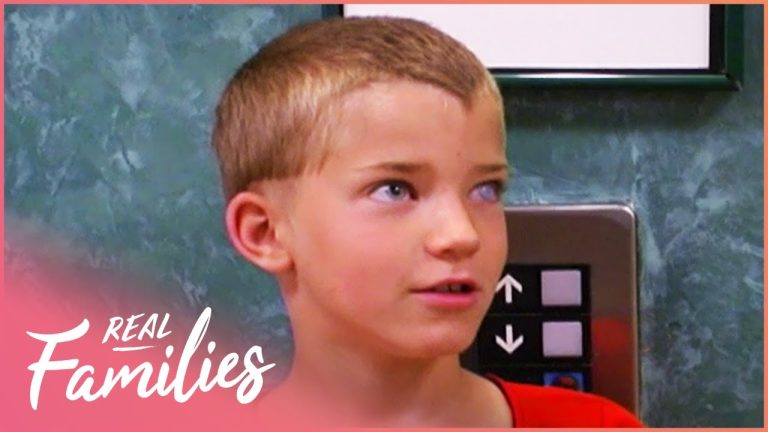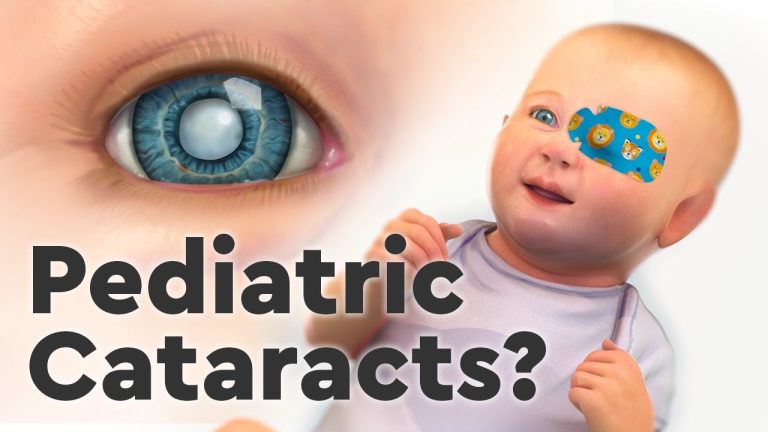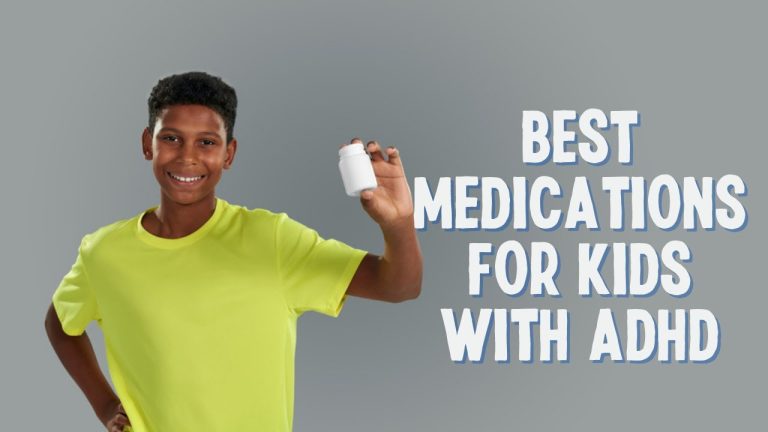Understanding Children’s Ocular Migraines: A Comprehensive Guide for Optical and Vision Care Products
As parents, we always want what’s best for our children. Ensuring they grow up healthy and happy is a top priority. Part of that includes making sure they receive proper healthcare. However, there are certain medical conditions that parents may not be aware of, such as ocular migraines in children.
An ocular migraine is a type of migraine headache that involves visual disturbances such as flashing lights, colored spots, or zigzag lines. Unlike other types of migraines, an ocular migraine does not typically involve head pain. It usually lasts for up to 30 minutes and is followed by a headache.
Symptoms of Children’s Ocular Migraines
Children’s ocular migraines are similar to ocular migraines in adults, but they can be more severe and frightening for a child experiencing them. Some common symptoms of a children’s ocular migraine include:
- Vision loss: A temporary loss of vision or partial vision in one eye.
- Flashing or shimmering lights: The child may see bright, flashing or shimmering lights, zigzag or jagged lines in a specific area of their vision.
- Blurred vision: The child may experience blurred vision or difficulty focusing.
- Headache: After the symptoms have passed, your child may experience a headache similar to those of a tension headache.
Treatment of Children’s Ocular Migraines
Treatment for children’s ocular migraines depends on the frequency and severity of the episodes. In many cases, a child may never experience another ocular migraine after the first one.
If your child does experience recurrent ocular migraines or headaches, it is important to speak with your healthcare provider. A healthcare provider can help determine the best course of action which may include:
- Prescription Medication: Your healthcare provider may prescribe medication to lessen the frequency and severity of your child’s migraines.
- Lifestyle Changes: Encouraging healthy eating habits, getting enough sleep, exercise, and hydration can play an essential role in managing migraines.
- Migraine Relief Tools: Cold compresses, relaxation techniques, and over-the-counter pain medications may help your child manage their migraines.
Conclusion
Children’s ocular migraines can be a frightening experience for both parents and children. While the symptoms may be scary, it is important to remember that these episodes are usually temporary and do not cause any long-term damage. By working with a healthcare provider, parents can help their children manage their symptoms and live a happy, healthy life.
Most wanted in Hoya Vision:
What are prism eyeglass lenses?
Hoya Lens Engravings
What brand lenses does Costco use?
What does +0.25 mean on an eye test?
Do tinted glasses help with migraines?
Hoya Identification Chart
Should eyeglasses cover eyebrows?
What LED light is best for broken capillaries?
What is the difference between Ray Ban RB and Rx?
Does hyperopia worsen with age?
















